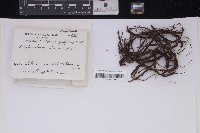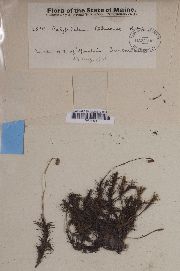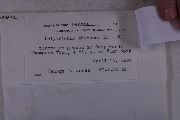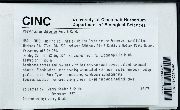
Consortium of Bryophyte Herbaria
- building a Consortium of Bryophytes and Lichens as keystones of cryptobiotic communities -
|
|
|
|
Family: Polytrichaceae
Ohio polytrichum moss
[Polytrichum formosum subsp. ohioense (Renauld & Cardot) Giacom., more] |
|
|
|
|
Powered by Symbiota.









































































































